調節可能ポールと固定長スキーポールの選択は、あなたのスキーのスタイルと地形によります。調節可能ポールは長さをその場で調整できるため、混合地形や変化する条件に最適です。一方、固定長ポールは軽量でシンプル、耐久性が高く、一定の地形や深雪の冒険にぴったりです。
重要なポイント:
- 調節可能ポール: 重めで、さまざまな地形に対応可能ですが、摩耗しやすいです。
- 固定長ポール: 軽量で信頼性が高く、シンプルなセットアップに最適です。
コンパクトなスキー、例えばSnowfeet* Walkskisを使う場合、どちらの選択肢も良いですが、柔軟性を重視するかシンプルさを重視するかによって選択が変わります。さらに詳しく見ていきましょう。
Dostieの見解 #8 - 調節可能なツーリングポールの歴史と使用
1. 調節可能なツーリングスキーポール
調節可能なツーリングポールは、変化する状況に対応できる柔軟性を提供し、バックカントリーの冒険に実用的な選択肢です。ただし、この適応性には覚えておくべきいくつかのトレードオフも伴います。
重量
調節可能なポールには伸縮機構とロックシステムが含まれており、固定ポールに比べてやや重量が増します。特に長時間の使用や、すでに長いスキーでより多くの労力を要する従来のツーリングセットアップでは、この追加の重量が疲労を早めることがあります。
しかし、ここでSnowfeet*スキーが登場します。彼らの軽量設計により、調節可能なポールのわずかな重量増加はほとんど気になりません。この組み合わせは、重量のペナルティをあまり気にせずにギアを選ぶ自由度を高めます。
もう一つ注意すべき点は、伸縮ポールは固定ポールよりも長く伸びるため、バックパックのスペースが限られている場合は問題になることがあります。しかし、Snowfeet* スキー のようなコンパクトなセットアップなら、この問題はあまり気になりません。
調整機能
調節可能なポールの真の強みは、その名の通り調節機能にあります。急な登りから平坦な横断まで、地形に合わせて長さを調整できるため、複数のポールセットは不要です。高品質モデルは、ツイストロックやレバーロックの信頼できるロックシステムを使い、滑らかで段階的な調整を提供します。
短いポールは登りでのバランスに最適で、長いポールは平坦な区間での推進力を高めます。Rossignol や Salomon のようなブランドの固定ポールは、状況に応じて最適とは限らない単一の長さに固定されます。Snowfeet* スキーと一緒に使う調節可能なポールは、本領を発揮し、多様な地形の要求に合わせてセットアップを微調整できます。
耐久性
調節可能なポールは可動部が多いため、固定モデルよりも摩耗しやすい傾向があります。例えば、ツイストロックやレバーロックシステムは過酷な条件で問題が起きることがありますが、レバーロックは寒冷地での性能が比較的良好です。予算重視のモデルは早く摩耗しやすく、伸縮部分は激しい使用で弱点になることがあります。
しかし、Snowfeet* スキーと組み合わせると、セットアップが軽くて操作しやすいため、ポールへの負担は少なくなるでしょう。この負担の軽減は、従来の重いツーリングスキーを使ったセットアップに比べて、ポールの寿命を延ばすのに役立ちます。
地形適合性
調節可能なポールは、状況が急変する混合地形でのゲームチェンジャーです。急な登り、緩やかな平坦地、技術的な下りに対応できるため、数日間のトリップに欠かせません。急な登りではポールを短くしてバランスを改善し疲労を軽減し、平坦な区間では伸ばして効率を高めます。
Snowfeet* スキーのコンパクトなデザインは、この適応性を完璧に補完します。深いパウダーを滑る時も、硬く締まった雪の上をクルージングする時も、一緒に効率的に動けるようサポートします。バックカントリーが何を投げかけても、スムーズに動き続けられるよう設計されたセットアップです。
2. 固定長ツーリングスキーポール
固定長のツーリングスキーポールはバックカントリー界で再評価されています。この一体型ポールは、信頼できるギアを求めるガイドやスキーパトロールのプロたちに支持されているシンプルなデザインです。
重量
一体構造の固定長ポールは、調整可能なものよりも軽量で剛性があります。余分な継ぎ目や伸縮部品がないため、重量を削減でき、長時間のバックカントリーツアーでその軽さを実感できるでしょう。カーボンファイバー製はさらに軽量で、調整可能ポールよりかなり軽いことが多いです。Snowfeet* Walkski Backcountry Touring Skisと組み合わせれば、持ち運びや操作が楽な軽量セットアップが完成します。軽さは疲労軽減につながり、厳しい登りもより楽しくなります。
調整機能
固定長ポールは柔軟性に欠けると思われがちですが、延長グリップがその問題を解決します。グリップを上下に動かすだけでポールの有効長さを調整可能です。急な登りでは高い位置を握って短くし、平坦な地形では標準グリップで最大のリーチを得られます。凍えるような気温でもロックやレバーをいじる必要がない、シンプルで直感的なシステムです。さらに、Snowfeet*スキーのコンパクトなデザインと完璧にマッチし、バランスの良い効率的なセットアップを実現します。
耐久性
耐久性は固定長ポールの真骨頂です。可動部がないため、調整可能モデルよりも頑丈で信頼性があります。ツイストロックの凍結や伸縮部分の詰まり、圧力による曲がりを心配する必要はありません。過酷な条件に耐える設計で、日々ギアに頼るプロフェッショナルに愛用されています。
地形適合性
固定長ポールは急斜面や狭い場所での素早い手の調整が重要な場面で理想的です。延長グリップにより、機械的な調整なしでスムーズにポールの長さを切り替えられます。難しい登りやトラバースでも自然で反応の良い感覚です。Snowfeet*のコンパクトスキーと組み合わせると、軽量で機敏なシステムとなり、変化する状況にも楽に対応できます。シンプルかつ効果的に楽しむことがポイントです。
sbb-itb-17ade95
長所と短所
調整可能ポールと固定長ポールにはそれぞれ長所と短所があります。選ぶ際の参考になる簡単な比較はこちら:
| 特徴 | 調整可能ポール | 固定長ポール |
|---|---|---|
| 重量 | 伸縮機構やロックシステムのため重くなる | 一体型デザインのおかげで、特にカーボンファイバーモデルは軽量 |
| 調整機能 | ツイストロックやレバーで幅広い長さのオプションを提供 | 調整不可;グリップの変化は手の位置の移動による |
| 耐久性 | 可動部品が多いため、極寒でロックが凍結や詰まりの問題が発生する可能性がある | 可動部品がなく非常に耐久性が高い |
| 地形の多様性 | 頻繁に長さを調整する必要がある混合地形に最適 | シンプルなグリップ調整に頼る一貫した地形に理想的 |
| 収納サイズ | 折りたたみ式で収納や輸送が容易 | フルレングス設計は収納や持ち運びがかさばることがある |
| 価格帯 | 素材や機構によって80ドル〜200ドル以上 | プレミアムモデル、特にカーボンファイバー製のものは60ドル〜180ドル以上 |
それでは、これらの違いがSnowfeet*ギアでの体験にどのように影響するかを見ていきましょう。
Snowfeet*製品でのパフォーマンス

Snowfeet* Walkski(100 cm)は軽量でコンパクトな設計のため、調節可能なポールと固定長ポールの両方に対応しています。ただし、ポールの種類の選択は状況に応じてパフォーマンスに影響を与えることがあります。
固定長のポールはパウダーで輝きます。シンプルで頑丈な構造により、機構の凍結や故障を心配する必要がなく、素早く直感的な手の調整が可能です。これにより、深雪、狭い木立、急斜面のナビゲートに適した堅実な選択肢となります。
一方で、調節可能なポールは多様な地形の冒険に最適です。長い平坦地、急な登り、速い下りがある日には、ポールの長さをその場で調整できることが大きな違いを生みます。調節可能なポールとSnowfeet*スキーの機敏な操作性を組み合わせることで、さまざまなチャレンジに対応できるセットアップが完成します。
実際の考慮事項
機能は重要ですが、実際の状況ではこれらのポールの実用的な違いが際立つことがよくあります。
例えば、寒冷な天候は調節可能なポールに影響を与えることがあります。32°F(約0°C)以下では、ロック機構が適切にメンテナンスされていないと硬化したり凍結したりすることがあります。固定長のポールは可動部品がないため、過酷な環境でもより信頼性があります。
さらに、調節可能なポールは、地形のセクションに取り組む前に適切な長さを計画して設定する必要があります。対照的に、固定長のポールは、グリップを上下に滑らせるだけで素早く調整できるため、すぐに対応できます。
どちらにも利点がありますが、これらの違いを理解することで、あなたの冒険に最適な選択ができるでしょう。
結論
スキーポールの選択は、あなたのスキーのスタイルと挑む地形にかかっています。登り、横断、下りを一度の滑走で切り替えるのが好きなタイプなら、調節可能なポールが最適です。現場でセットアップを調整できます。一方、シンプルで手間のかからない方法を好み、厳しい寒さでも耐えられるギアが必要なら、固定長ポールが耐久性と信頼性の面で優れています。これらのポールをSnowfeet* Walkskiのようなコンパクトなセットアップと組み合わせると大きな違いが生まれます。
Snowfeet*製品は軽量なので、どのポールを選んでも重くて扱いにくいギアに悩まされることはありません。これは、RossignolやSalomonのようなブランドの従来の長いスキーに比べて明らかな利点であり、装備の重量と長さが増すためポール選びがより重要になります。
この違いは、コンパクトなツーリングスキーを使うとさらに顕著です。従来の長いスキーとは異なり、Snowfeet*はポール選びの悩みを解消します。Snowfeet*なら、ギアの調整に気を取られず、冒険そのものに集中できます。固定長ポールはSnowfeet*のレクリエーショナルツーリングにおいてコストパフォーマンスに優れた選択肢であり、調節可能なポールは最大限の柔軟性を求める方に最適です。
長期的なパフォーマンスのために、調節可能なポールの機構を定期的にチェックし、固定長ポールの摩耗も確認しましょう。どちらのタイプを選んでも、従来のスキーセットアップでは得られない利便性と携帯性で冬の冒険の扉を開きます。
よくある質問
変化に富んだ地形でSnowfeet skisと調節可能なスキーポールを使う利点は何ですか?
調節可能なスキーポールは、Snowfeet skisと組み合わせると特に効果的で、特に混合地形に挑む際に役立ちます。ポールの長さをその場で調整できるため、登り坂では短く、下り坂では長く、平坦な区間ではその中間に設定できます。この柔軟性がバランス、安定性、コントロールを向上させ、よりスムーズで安全なライディングを実現します。
Snowfeetのスキーは軽量で携帯性に優れ、さまざまな地形での扱いやすさと確かなパフォーマンスを追求しています。調節可能なポールはこれらの利点をさらに高め、登り坂や下り坂をスムーズに切り替えながら機敏に動けます。バックカントリーや予測不能な地形に挑むなら、この組み合わせは比類なき快適さと適応力を提供します。一般的なスキーやスノーボードギアとは一線を画すセットアップです。
調節可能なスキーポールと固定長スキーポールの重さの違いは、長いバックカントリーツアーでのパフォーマンスにどのように影響しますか?
バックカントリースキーでは、スキーポールの重さがパフォーマンスに大きく影響します。特に長く厳しいツアーではそうです。固定長スキーポールは調節用の余分な部品がないため軽量です。この軽さが疲労を軽減し、エネルギーを節約したい長時間の旅に最適です。さらに、シンプルな設計は耐久性が高く壊れにくいことが多いです。
調節可能なスキーポールは柔軟性をもたらします。さまざまな地形に対応できますが、重くなりがちで長時間使うと疲れやすいです。とはいえ、Snowfeetのような会社はバックカントリー愛好者向けに軽量で耐久性のあるツーリング用スキーポールを開発しています。長時間の冒険で一オンスでも軽さが重要な場面にぴったりです。
寒い天候で調節可能なスキーポールを長持ちさせるにはどうすればいいですか?
調節可能なスキーポールを寒い天候で良好な状態に保つには、いくつかの簡単なステップがあります。まず、毎回の使用後に必ずしっかりと清掃し乾燥させましょう。これにより湿気によるダメージを防げます。寒さで素材が少し縮むことがあるため、ロック機構の点検と締め直しを習慣にしてください。ただし、潤滑剤は使わないでください。汚れを引き寄せ、氷の付着を招くことがあります。使用後は錆や腐食を防ぐために乾燥した屋内に保管しましょう。これらの簡単なコツでポールの寿命が延び、パフォーマンスも抜群になります。







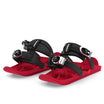
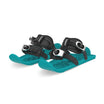












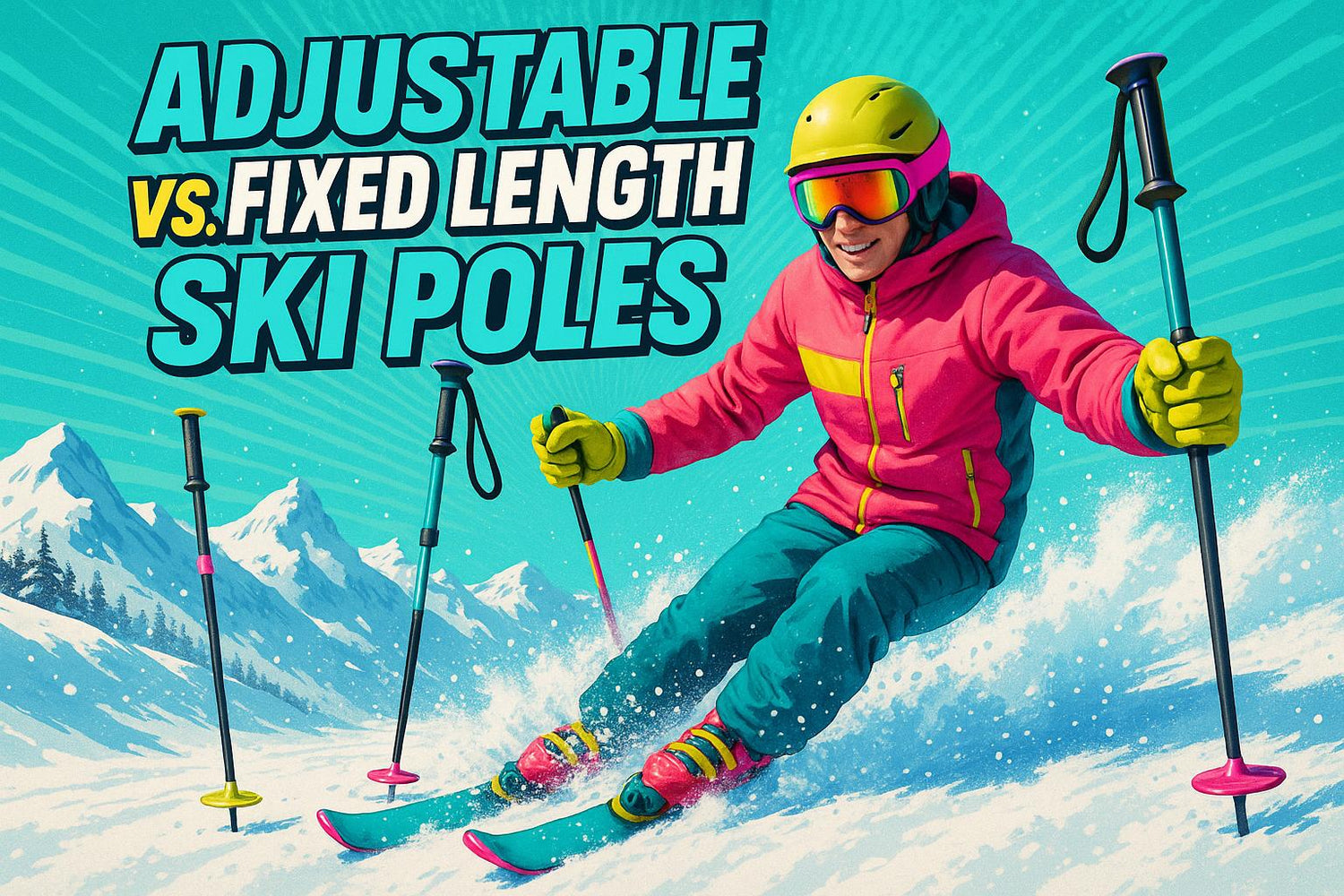
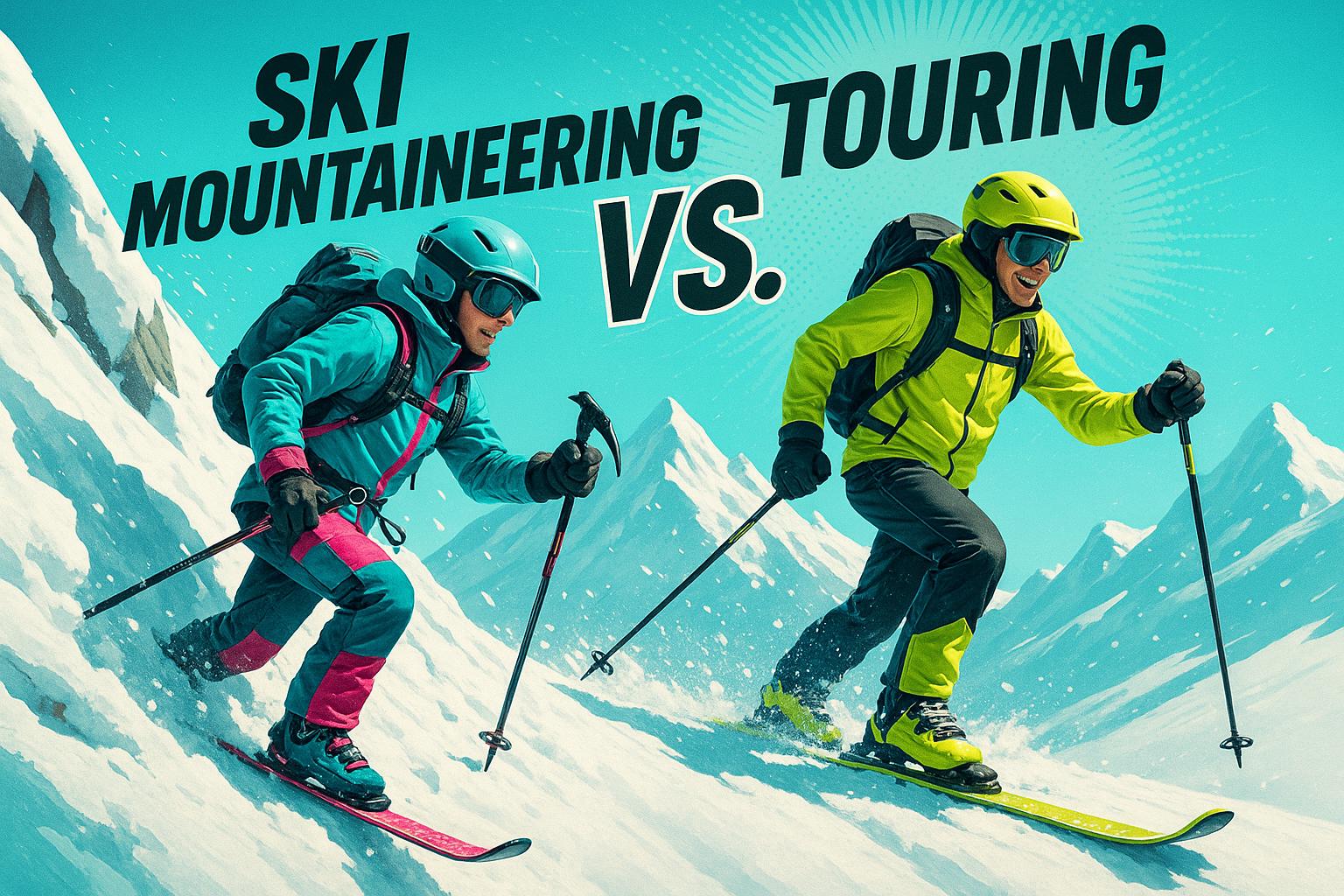
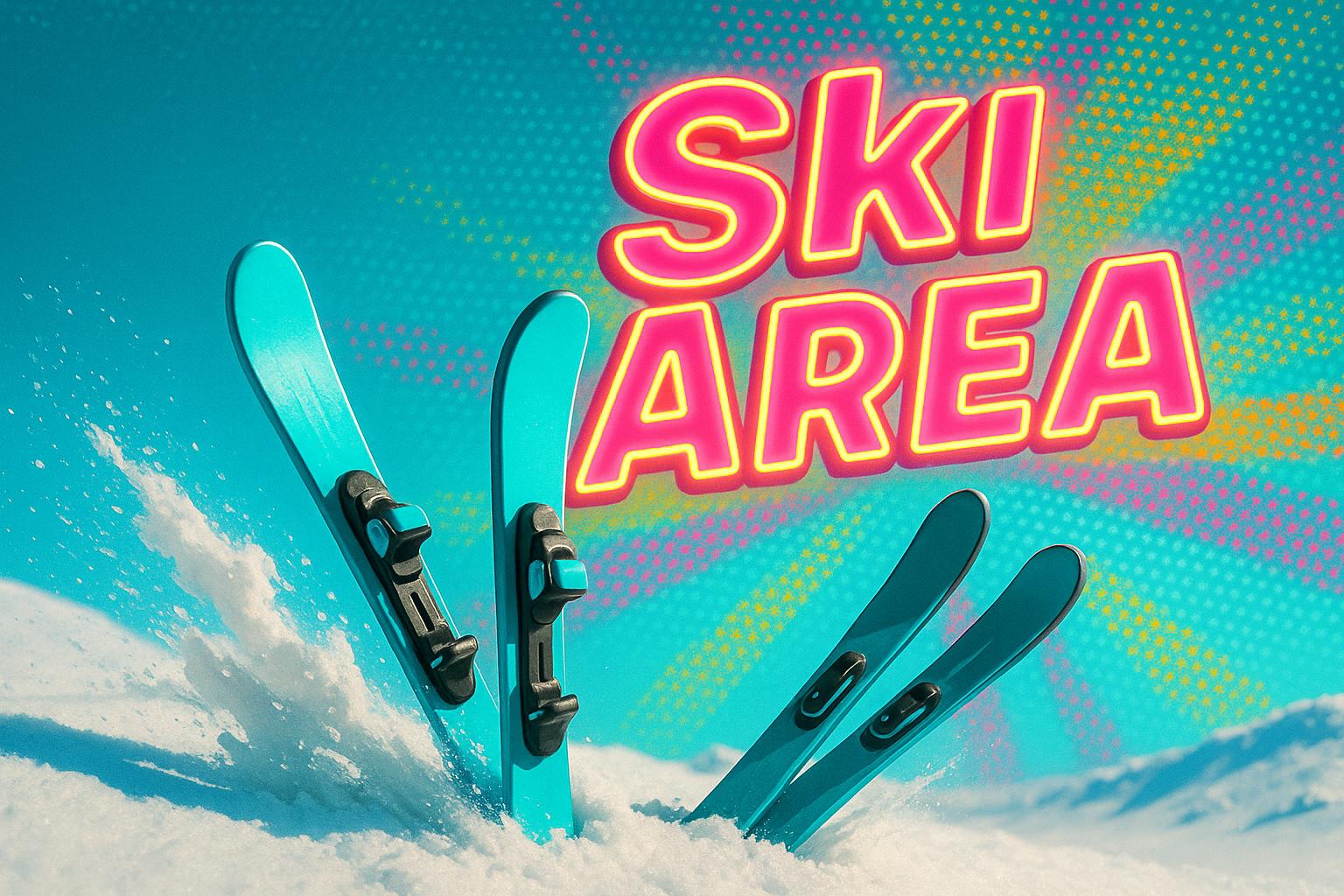




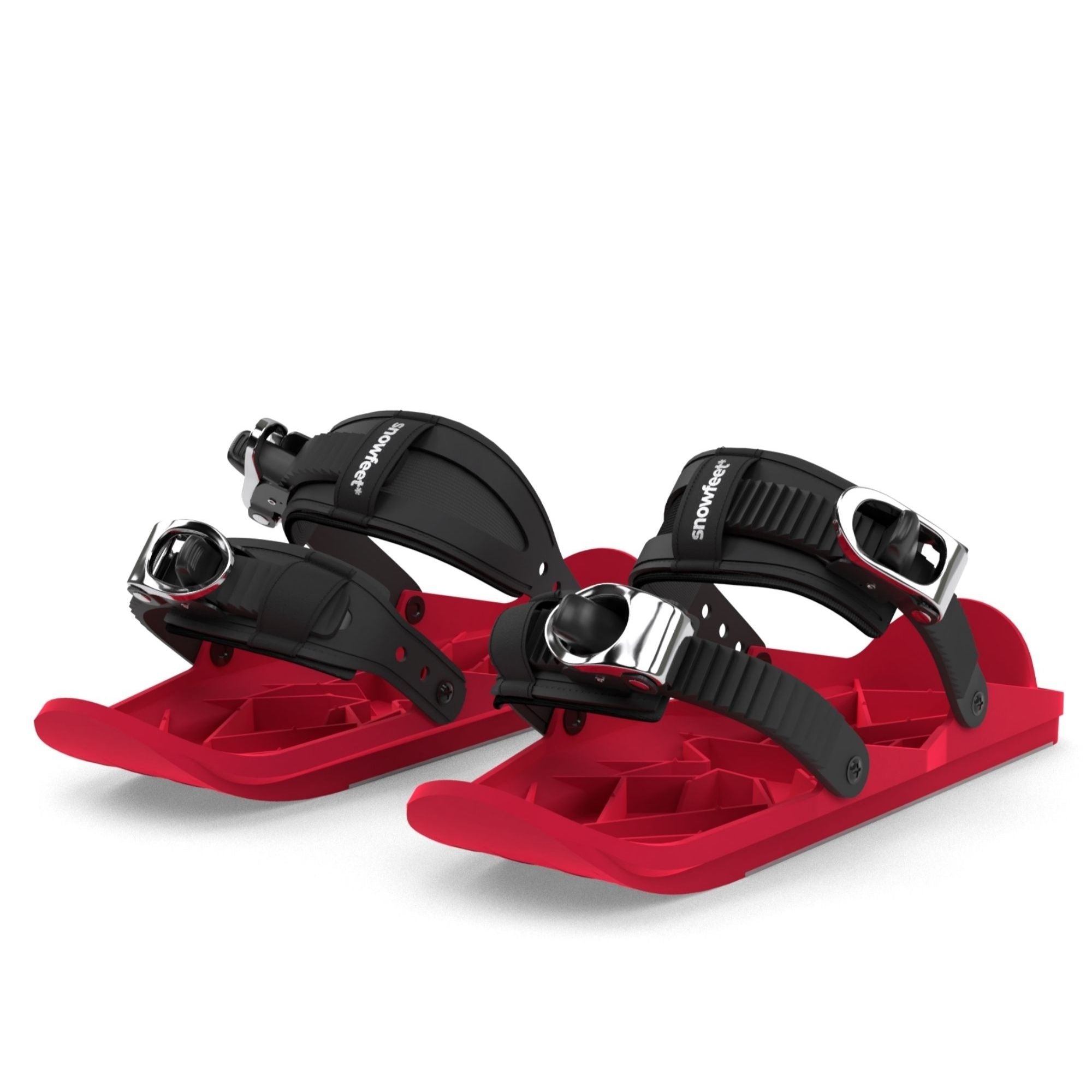
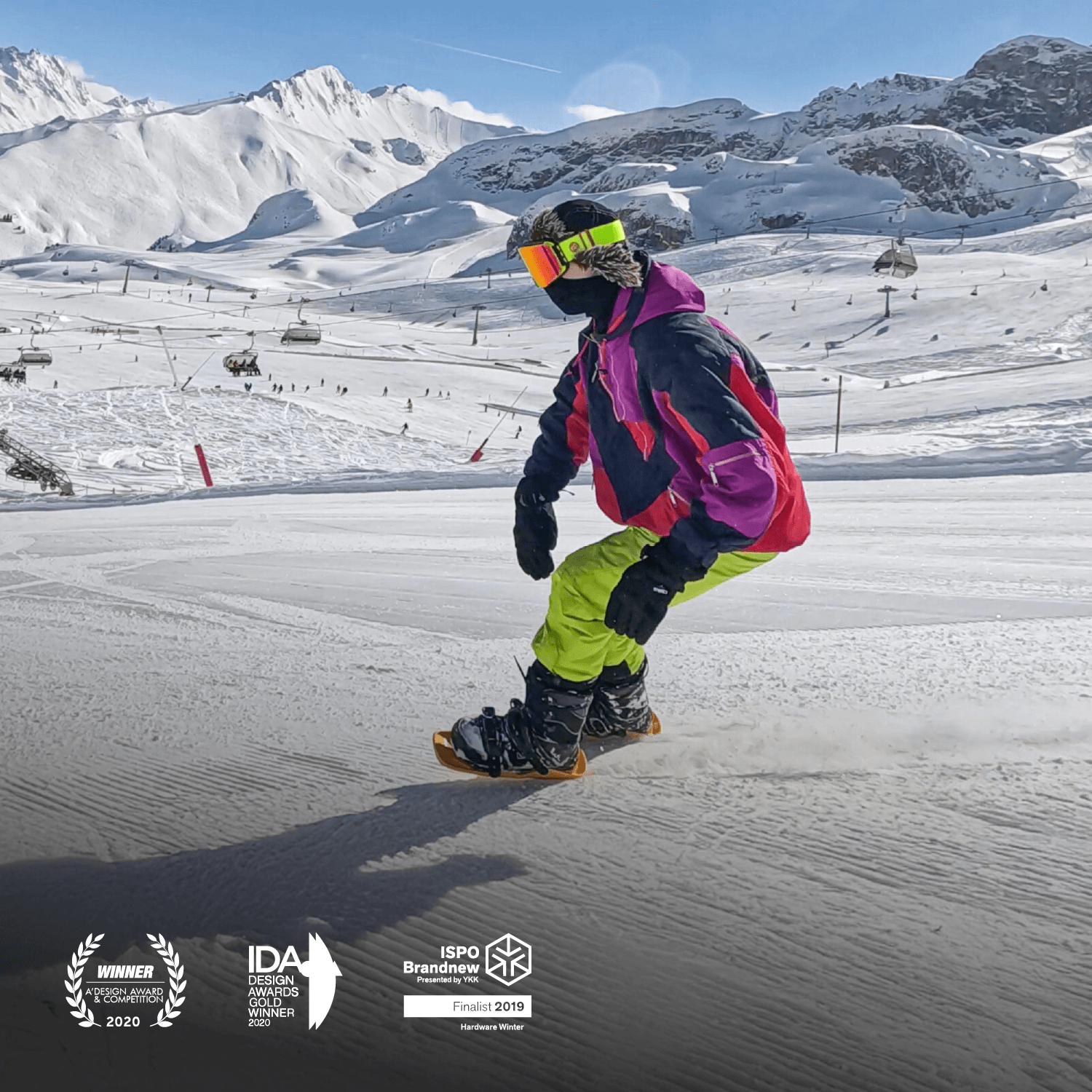




コメントを残す
このサイトはhCaptchaによって保護されており、hCaptchaプライバシーポリシーおよび利用規約が適用されます。